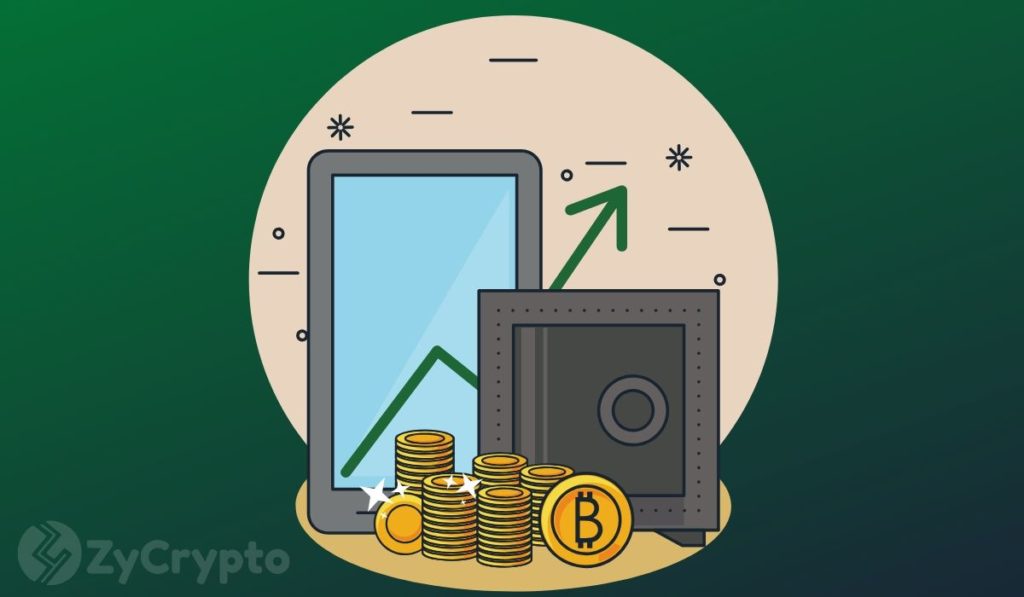
A new academic study conducted by the Centre for Economic Policy Research (CEPR) is trying to demystify one of the most deep-rooted myths in the crypto ecosystem.
The researchers, Richard K Lyons and Ganesh Viswanath-Natraj evaluated Tether issuance over the last three years in an attempt to understand to what degree this drives the price of bitcoin and other cryptocurrencies.
Tether Isn’t Driving Bitcoin Prices
In the past, some crypto observers have claimed that when Tether fires up its printers, bitcoin’s price has skyrocketed. Richard K Lyons of UC Berkeley and Ganesh Viswanath-Natraj of Warwick Business School have jointly published a new study titled “Stable coins don’t inflate crypto markets”.
The researchers analyzed issuances for Tether and other stablecoins since 2017, including late December when bitcoin rallied to $20,000 to try and understand the correlation between crypto prices and newly minted stablecoins.
The researchers notably found that there is no clear link between the printing of new tether tokens and bitcoin’s price increases:
“Our bottom line: We find no systematic evidence of stable coin issuance driving cryptocurrency prices.”
What’s The Deal With The Increasing Tether Issuance, Though?
The researchers acknowledge that stablecoin use has increased dramatically over the last two years. They then identified two main drivers of this increased activity.
First, they note that stablecoin issuance is typically in response to exchange arbitrage. This means that stablecoin activity rises as participants rush to take advantage of the deviations in the secondary markets and the pegged rate.
For instance, investors will buy Tether from the Tether Treasury and sell it at the current rate for profits. This will result in Tether flowing from the Treasury to the secondary market. “Arbitrage by secondary-market participants offers a decentralized solution to exchange rate stability,” the study added.
Secondly, the researchers opined that stablecoins act as safe havens in periods of high market volatility. They averred that stablecoins like Tether play the role of a “vehicle currency”.
“In periods of risk, some investors will choose to exchange into a better store of value. Portfolio rebalancing toward Tether and other stable coins provide this function with minimal intermediation costs.”
Basically, investors turn to stablecoins during periods of correction in the bitcoin markets like during the coronavirus-driven panic of mid-March where bitcoin dropped by over 40% in a single day.
Accusations of Propping Up Bitcoin Price
The US dollar-pegged tether has long been accused of manipulating the bitcoin markets. Perhaps the most popular theory is the one postulated by Amin Shams of Ohio State and John Griffin from the University of Texas, which claimed that Tether single-handedly catalyzed the late-2017 mega bull run.
In 2018, Griffin and Shams penned a research paper entitled “Is Bitcoin Really Un-Tethered”. The two forensic researchers discovered that Tether issuances coincided with bitcoin market pullbacks and resulted in considerable increases in the price of the flagship cryptocurrency. This report quickly caught on with many viewing tether issuances as a harbinger of a new bull market.
Moreover, the report was referenced in class-action lawsuits filed against Tether and Bitfinex (they share a parent company called iFinex) regarding market manipulation.
This new report by Lyons and Viswanath-Natraj, however, discredits these egregious claims. It concludes that:
“Using our more precise measure of Tether flow to the secondary market, we find no significant effect on the prices of major non-stable cryptocurrencies.”





















